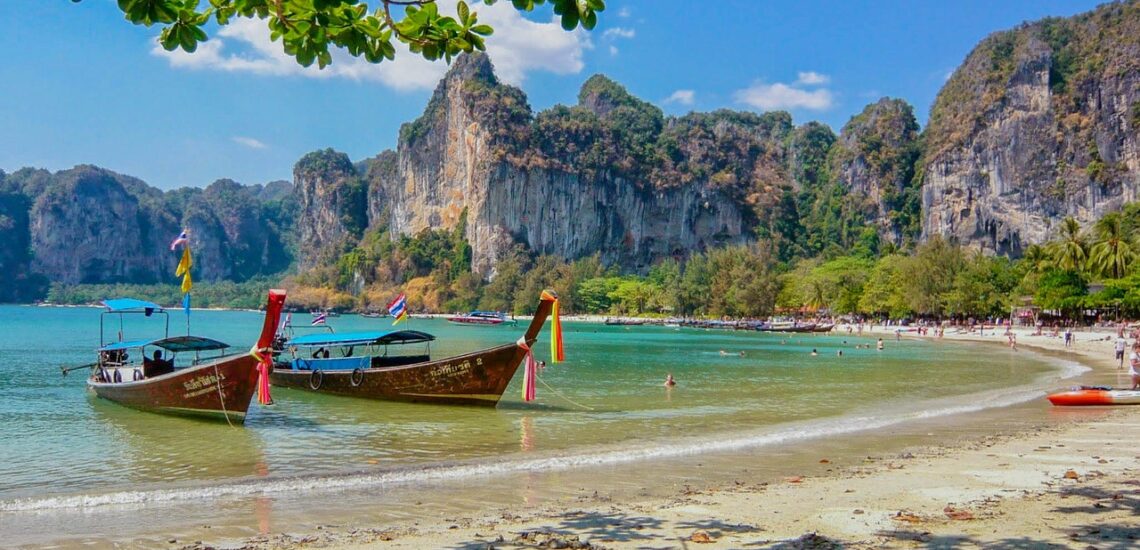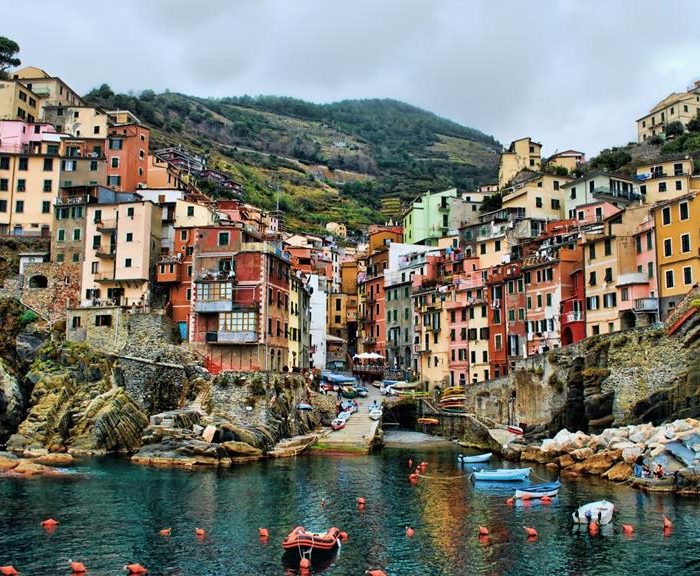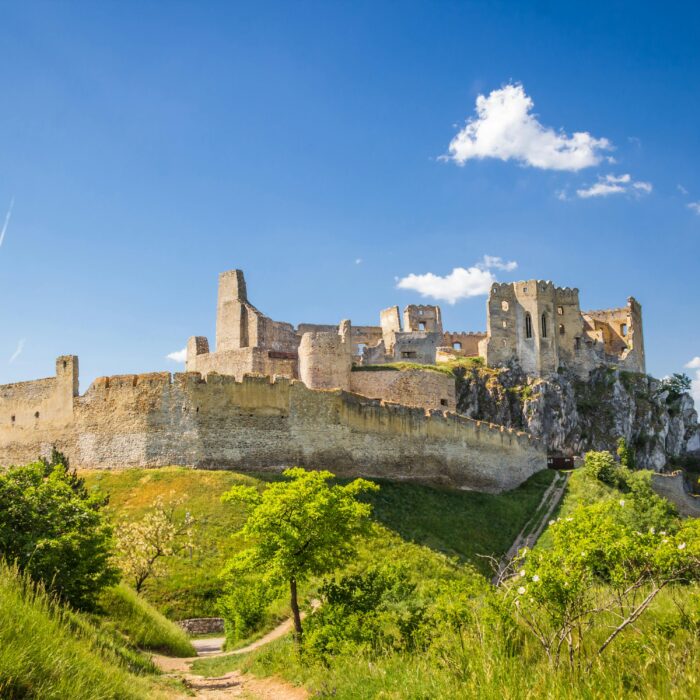Quick facts about Thailand:
- Population: Approximately 69 million people.
- Official language: Thai.
- Capital: Bangkok.
- Currency: Thai baht.
- Government: Constitutional monarchy.
- Major religion: Buddhism.
- Geography: Located in Southeast Asia, bordered by Myanmar, Laos, Cambodia, and Malaysia.
- Tourism: Known for its vibrant culture, beautiful beaches, and rich history, Thailand is one of the world’s top tourist destinations.
Fact 1: Thailand has never been colonized
Thailand, formerly known as Siam, is one of the few countries in Southeast Asia that was never colonized by European powers. It maintained its independence through diplomatic negotiations and strategic alliances with colonial powers. Thailand has a long history as a sovereign nation and has retained its monarchy throughout its existence. It is a constitutional monarchy, meaning it has a monarch as the head of state but also operates under a constitution that outlines the powers and duties of the government. The monarchy plays a significant cultural and ceremonial role in Thai society, while the government is responsible for the administration of the country’s affairs.

Fact 2: The national sport of Muay Thai is not only known in Thailand
Muay Thai, also known as Thai boxing, is a popular and widely practiced combat sport that originated in Thailand. However, its popularity has spread globally, and it is recognized and practiced in many countries around the world. Muay Thai is known for its use of striking techniques involving the fists, elbows, knees, and shins, as well as clinching techniques. It is not only a sport but also a form of self-defense, fitness training, and cultural expression. Muay Thai enthusiasts from various countries travel to Thailand to train and compete, while international competitions and events showcase the sport’s global appeal.
Fact 3: The vast majority of Thais are Buddhists
Buddhism is the predominant religion in Thailand, and the vast majority of Thais identify as Buddhists. As a result, there are numerous temples, also known as “wats,” scattered throughout the country. These temples serve as important religious and cultural centers, where Buddhists gather for worship, meditation, and religious ceremonies. Thai temples are renowned for their stunning architecture, intricate artwork, and serene atmosphere, making them popular destinations for both tourists and locals alike. Each temple typically houses a variety of religious artifacts, including statues of the Buddha, ornate decorations, and sacred relics, providing visitors with an immersive experience into Thai Buddhist culture and spirituality.
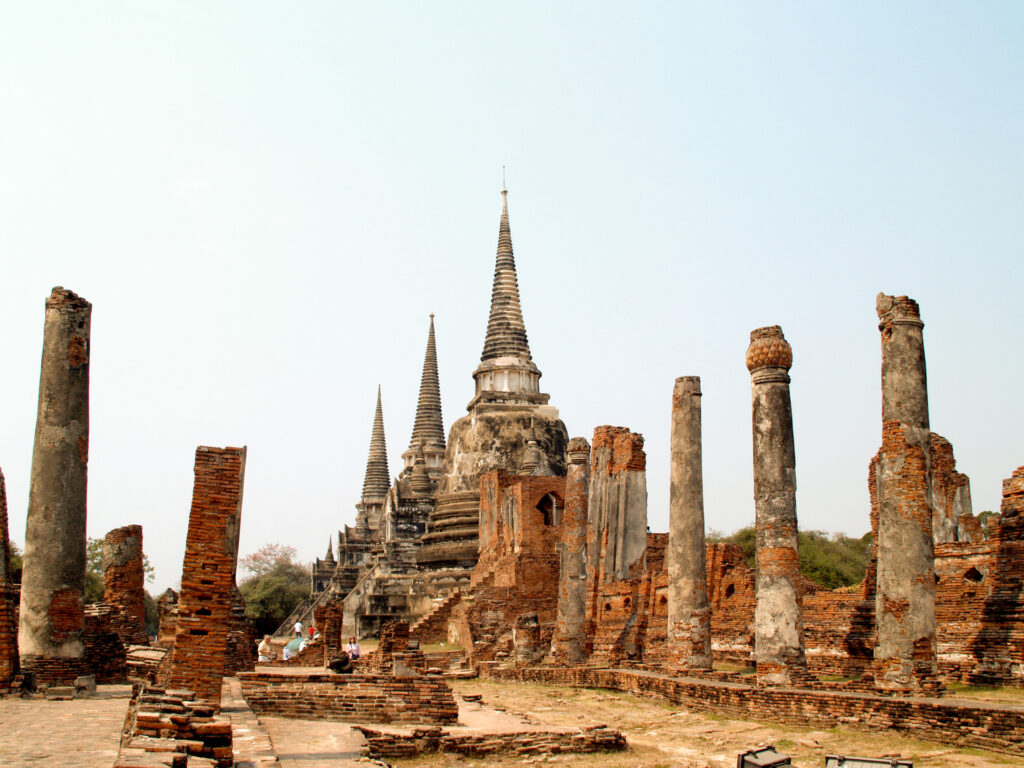
Fact 4: There are many festivals held in Thailand
Thailand is renowned for its vibrant and colorful festivals, which are celebrated throughout the year across the country. These festivals showcase Thailand’s rich cultural heritage, traditions, and religious beliefs. Some of the most popular festivals in Thailand include:
- Songkran: The Thai New Year festival, celebrated in mid-April, is known for its water fights and symbolic cleansing rituals.
- Loy Krathong: The Festival of Lights, usually held in November, involves floating decorated baskets (krathongs) on rivers and waterways to pay respects to the water spirits.
- Yi Peng: Celebrated concurrently with Loy Krathong in northern Thailand, Yi Peng involves releasing floating lanterns into the night sky, creating a mesmerizing display of lights.
- Phi Ta Khon: Held in the Dan Sai district of Loei province, this lively festival features colorful masks, costumes, and parades, and is associated with local beliefs in ghosts and spirits.
- Vegetarian Festival: Observed by Chinese communities in Thailand, particularly in Phuket, this festival involves strict vegetarianism, colorful processions, and elaborate rituals to purify the body and spirit.
Fact 5: The largest “Chinatown” is in Bangkok
Bangkok is home to one of the largest and most vibrant Chinatowns in the world. Known locally as “Yaowarat,” Bangkok’s Chinatown is a bustling district located in the heart of the city’s historic center. It is renowned for its vibrant street markets, colorful shops, and bustling food stalls offering a wide array of Chinese delicacies and Thai-Chinese cuisine. Visitors to Chinatown can explore its narrow alleyways, ornate temples, and traditional Chinese architecture, as well as indulge in shopping for everything from gold jewelry and textiles to herbal remedies and exotic fruits. The district comes alive especially during festivals like Chinese New Year, when the streets are adorned with lanterns and decorations, and cultural performances and dragon dances are held to celebrate the occasion.

Fact 6: Thais are known for their friendliness and smiles
Thais are renowned for their warm hospitality, friendliness, and smiles, which have earned the country the nickname “The Land of Smiles.” Thai people are generally welcoming and gracious towards visitors, and they take pride in their reputation for kindness and hospitality. Whether interacting with locals in markets, restaurants, or tourist attractions, or participating in cultural activities and festivals, visitors to Thailand often encounter smiling faces and genuine warmth. The Thai smile is seen as a symbol of goodwill, respect, and positivity, and it is an integral part of Thai culture and social interactions. Embracing the spirit of hospitality and reciprocating with a smile can go a long way in fostering meaningful connections and memorable experiences while visiting Thailand.
Note: If you plan to visit the country, check if you need an International Driver’s License in Thailand to drive.
Fact 7: There are a lot of Buddha statues in Thailand
Thailand is home to numerous Buddha statues, both large and small, which hold significant religious and cultural importance in Thai society. These statues come in various forms, poses, and materials, and they serve as objects of veneration, meditation, and spiritual devotion for Buddhists. Some of the most famous Buddha statues in Thailand include the Emerald Buddha (Phra Kaew Morakot) housed in the Wat Phra Kaew temple in Bangkok, the Reclining Buddha (Wat Pho) also in Bangkok, and the Big Buddha statue (Wat Phra Yai) in Pattaya. These statues, along with countless others, are not only revered for their religious significance but also admired for their artistic beauty and craftsmanship, making them important cultural landmarks and tourist attractions in Thailand.
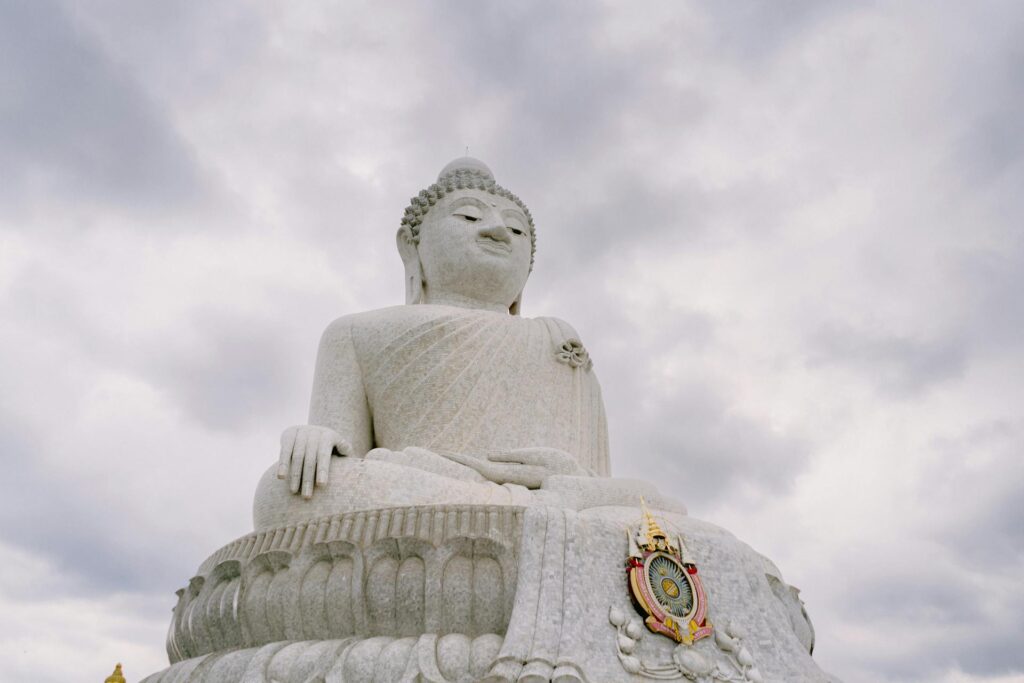
Fact 8: There were many elephants in Thailand and now they are protected
Elephants have long been revered and considered a symbol of Thai culture and heritage. Historically, Thailand was home to a significant population of both wild and domesticated elephants, which played important roles in various aspects of Thai life, including transportation, labor, and religious ceremonies.
However, over the years, Thailand’s elephant population has faced numerous threats, including habitat loss, poaching, and exploitation for tourism and entertainment purposes. As a result, the Thai government and various conservation organizations have implemented measures to protect and conserve elephants in Thailand.
Today, elephants in Thailand are protected under both national and international laws, and efforts are being made to safeguard their habitats, prevent illegal poaching and trafficking, and promote responsible tourism practices. Additionally, there are sanctuaries and rescue centers across Thailand that provide care and rehabilitation for elephants that have been rescued from exploitation or mistreatment.
Fact 9: There are about 1,500 islands in Thailand
Thailand is renowned for its stunning tropical islands, which dot the Andaman Sea and the Gulf of Thailand. While it’s challenging to provide an exact count due to the varying sizes and definitions of islands, estimates suggest that there are approximately 1,500 islands in Thailand. These islands range from large, well-known destinations like Phuket, Koh Samui, and Koh Phi Phi to smaller, lesser-known gems that offer secluded beaches, crystal-clear waters, and abundant marine life. Thailand’s islands attract millions of tourists each year, drawn by their natural beauty, pristine beaches, water activities such as snorkeling and diving, and vibrant nightlife. Whether seeking relaxation, adventure, or cultural experiences, Thailand’s islands offer something for every traveler to enjoy.

Fact 10: Ladyboys can be found on tourist streets
In certain tourist areas of Thailand, particularly in cities like Bangkok, Pattaya, and Phuket, it’s common to encounter individuals known as “ladyboys” or “kathoeys.” Ladyboys are transgender women or individuals who were assigned male at birth but identify and live as women. They are an accepted and visible part of Thai society, and many choose to work in entertainment and hospitality industries, including cabaret shows, bars, and nightclubs.
In areas frequented by tourists, such as Khao San Road in Bangkok or Walking Street in Pattaya, ladyboys may be seen performing in cabaret shows, working as servers or entertainers in bars, or simply mingling with visitors. Ladyboys often embrace their identities with pride and may dress and present themselves in a feminine manner, wearing makeup, glamorous outfits, and elaborate hairstyles.

Published March 17, 2024 • 7m to read

